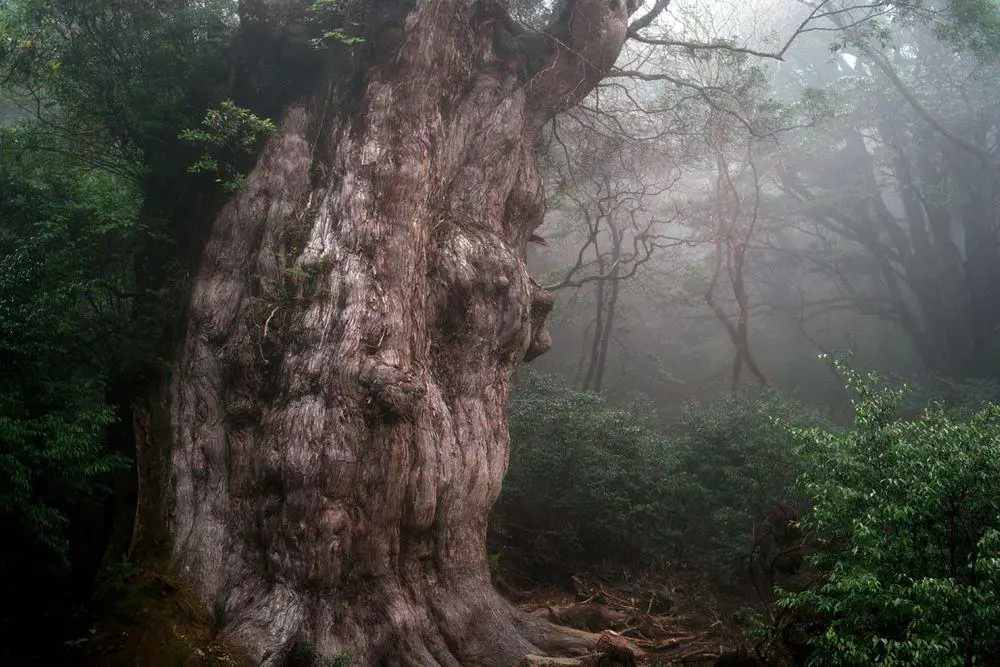 In short
In short
Somewhat hidden behind the interesting Coldwaltham St. Giles’ Church stands a giant yew tree. The bole of this tree has a circumference of 9.37 m at the height of 0.9 m.
 36.0%
36.0%
GPS coordinates
Location, address
Species
Circumference
Map of the site
If you see this after your page is loaded completely, leafletJS files are missing.
 In detail
In detail
Coldwaltham St. Giles’ Church
The historical church in Coldwaltham is an imposing structure with a massive tower. This tower is a remnant from the 12th century church from Norman times. In its interior have been preserved also parts and details from further extensions in the 13th and 14th centuries, as well as later reconstructions. After longer times of neglect a proper restoration was done in 1870-1871 (architect Henry Woodyer), adding many fine details and making the church visually a lot more interesting.
Giant yew
The female yew at the Coldwaltham church is somewhat undeservedly unnoticed wonder. This is a gargantuan tree with a very impressive bole that somewhat resembles a trunk of a baobab.
The tree stands close to a fence and, at least in 2012, there was a small shed under its foliage, close to the trunk.
The circumference of the massive bole depends on the height. At the height of 6 inches (15 cm) the circumference is 10.49 m but higher, at the height of 0.9 m the circumference is 9.37 m (1.).
In 1885 the circumference at the 0.9 m height was 9.53 m – most likely this bigger size could be linked to a bit different form of the trunk, e.g. uncut sprouts close to the trunk. In 1955 the measured circumference at the height of 0.9 m was even bigger – 9.75 m.
While in 1999 the tree looked healthy and vigorous, in 2012 its state deteriorated.
In 2010 the crown of the tree was endangered by an intent to make a powerline over it, cutting part of its branches, but plans were changed and line was shifted away from the tree.
Local stories tell that this tree is 3000 years old but there is no proof for this. Nevertheless, it is possible that this natural wonder marks a sacred site that existed before the construction of the church.
References
- Yew/Yews at Coldwaltham England, Ancient Yew Group. Accessed on December 13, 2023.
 Linked articles
Linked articles

Wonders of England
The natural and cultural wonders of England are very diverse and here are found some of the world’s most impressive landmarks in several categories, such as churches and museums.

Trees
The category includes some of the most impressive and interesting separate trees in the world. The total number of tree species in the world still is a wild guess – maybe 10,000 and maybe 100,000 but most likely somewhere in between. Every month there are reported new tree species from the whole world, including Western Europe.

Wonders of the United Kingdom
Throughout many centuries the United Kingdom has enjoyed relative political stability and wealth. As a result, humans have created here countless amazing and well-preserved values of art and history.
 Recommended books
Recommended books
The Ancient Yew: A History of Taxus baccata
The gnarled, immutable yew tree is one of the most evocative sights in the British and Irish language, an evergreen impression of immortality, the tree that provides a living botanical link between our own landscapes and those of the distant past. This book tells the extraordinary story of the yew’s role in the landscape through the millennia, and makes a convincing case for the origins of many of the oldest trees, as markers of the holy places founded by Celtic saints in the early medieval ‘Dark Ages’.


